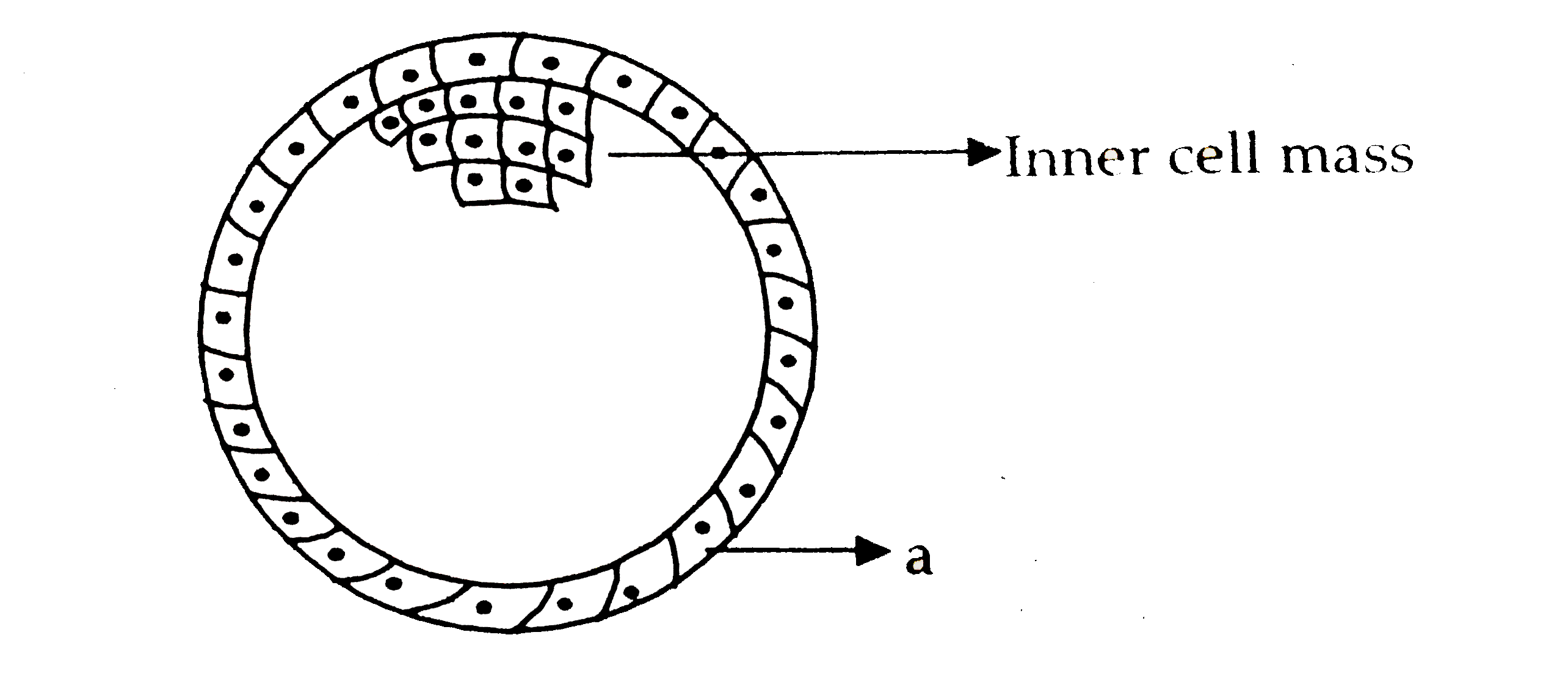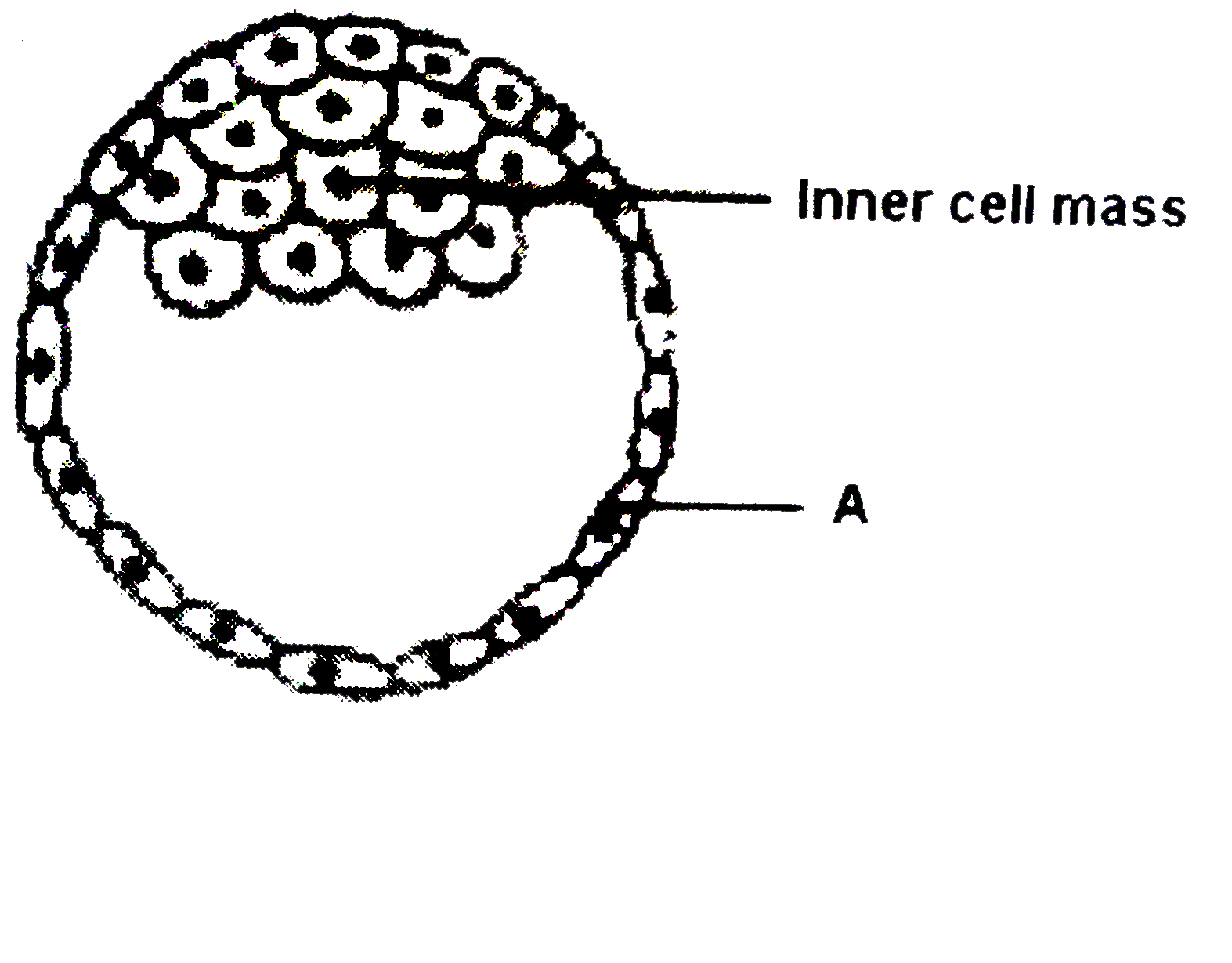The early stage human embryo distinctly possesses
Gills
Gill slits
External ear (pinna)
Eye brows
The correct Answer is:B
To answer the question "The early stage human embryo distinctly possesses," we need to analyze the options provided and understand the characteristics of a human embryo during its early stages of development.
1. Understand the Developmental Stages of Human Embryo:
- The early human embryo goes through several stages of development where it exhibits certain structures that are characteristic of chordates.
2. Identify the Options:
- The options given are:
1. Gills
2. Gill slits
3. External ear (pinna)
4. Eyebrows
3. Evaluate Each Option:
- Option 1: Gills - Gills are structures found in aquatic animals like fish. Humans do not develop gills at any stage, so this option is incorrect.
- Option 2: Gill slits - During the early stages of development, human embryos do possess pharyngeal gill slits, which are structures that are characteristic of chordates. These slits are present in the embryo but are not retained in the adult form. This option is correct.
- Option 3: External ear (pinna) - The external ear does not develop until later stages in fetal development, so this option is incorrect.
- Option 4: Eyebrows - Eyebrows are a feature that develops much later in the embryonic development process and are not present in the early stages. Thus, this option is also incorrect.
4. Conclusion:
- After evaluating all the options, the only correct answer is Option 2: Gill slits. These are distinctly present in the early stage of the human embryo.
Final Answer:
The early stage human embryo distinctly possesses gill slits.
---
- The early human embryo goes through several stages of development where it exhibits certain structures that are characteristic of chordates.
- The options given are:
1. Gills
2. Gill slits
3. External ear (pinna)
4. Eyebrows
- Option 1: Gills - Gills are structures found in aquatic animals like fish. Humans do not develop gills at any stage, so this option is incorrect.
- Option 2: Gill slits - During the early stages of development, human embryos do possess pharyngeal gill slits, which are structures that are characteristic of chordates. These slits are present in the embryo but are not retained in the adult form. This option is correct.
- Option 3: External ear (pinna) - The external ear does not develop until later stages in fetal development, so this option is incorrect.
- Option 4: Eyebrows - Eyebrows are a feature that develops much later in the embryonic development process and are not present in the early stages. Thus, this option is also incorrect.
- After evaluating all the options, the only correct answer is Option 2: Gill slits. These are distinctly present in the early stage of the human embryo.
The early stage human embryo distinctly possesses gill slits.
Topper's Solved these Questions
- BOOK - CENGAGE BIOLOGY ENGLISHCHAPTER - EVOLUTIONEXERCISE - Exercise Assertion-Reasoning Question.25videos
EVOLUTION
- BOOK - CENGAGE BIOLOGY ENGLISHCHAPTER - EVOLUTIONEXERCISE - Archives38videos
EVOLUTION
- BOOK - CENGAGE BIOLOGY ENGLISHCHAPTER - ENVIRONMENTAL ISSUESEXERCISE - ARCHIVES45videos
ENVIRONMENTAL ISSUES
- BOOK - CENGAGE BIOLOGY ENGLISHCHAPTER - HUMAN HEALTH AND DISEASEEXERCISE - ARCHIVES46videos
HUMAN HEALTH AND DISEASE
Similar Questions
The 32-cells stage of the human embryo is
View SolutionThe 16 cells stage of the human embryo is
View SolutionName the stage of human embryo at which it gets implanted. Explain the process of implantation.
View SolutionStudy the figure given below and answer the questions that follow :
Name the stage of human embryo the figure represents
Identify 'a' in the figure and mention its function.
Mention the fate of the inner cell mass after implantation in the uterus
Where are the stem cells located in this embryo?
 View Solution
View SolutionStudy the figure given below and answer the questions that follow :
(a)Name the stage of human embryo the figure represents.
(b)Identify 'A' in the figure and mention its function .
( c )Mention the fate of the inner cell mass after implantation in the uterus .

(d)Where are the stem cells located in this embryo ?View SolutionEach limb in the human body possess
View SolutionIn humans, the embryo is protected in
View SolutionIn humans, the embryo is protected in
View SolutionWhich set of evolutionary stages of human were discovered before ape- man?
View Solution(a) Draw a schematic labelled diagram of a fertilised embryo sac of an Angiosperm.
(b) Describe the stage in embryo development in a dicto plant.View Solution

